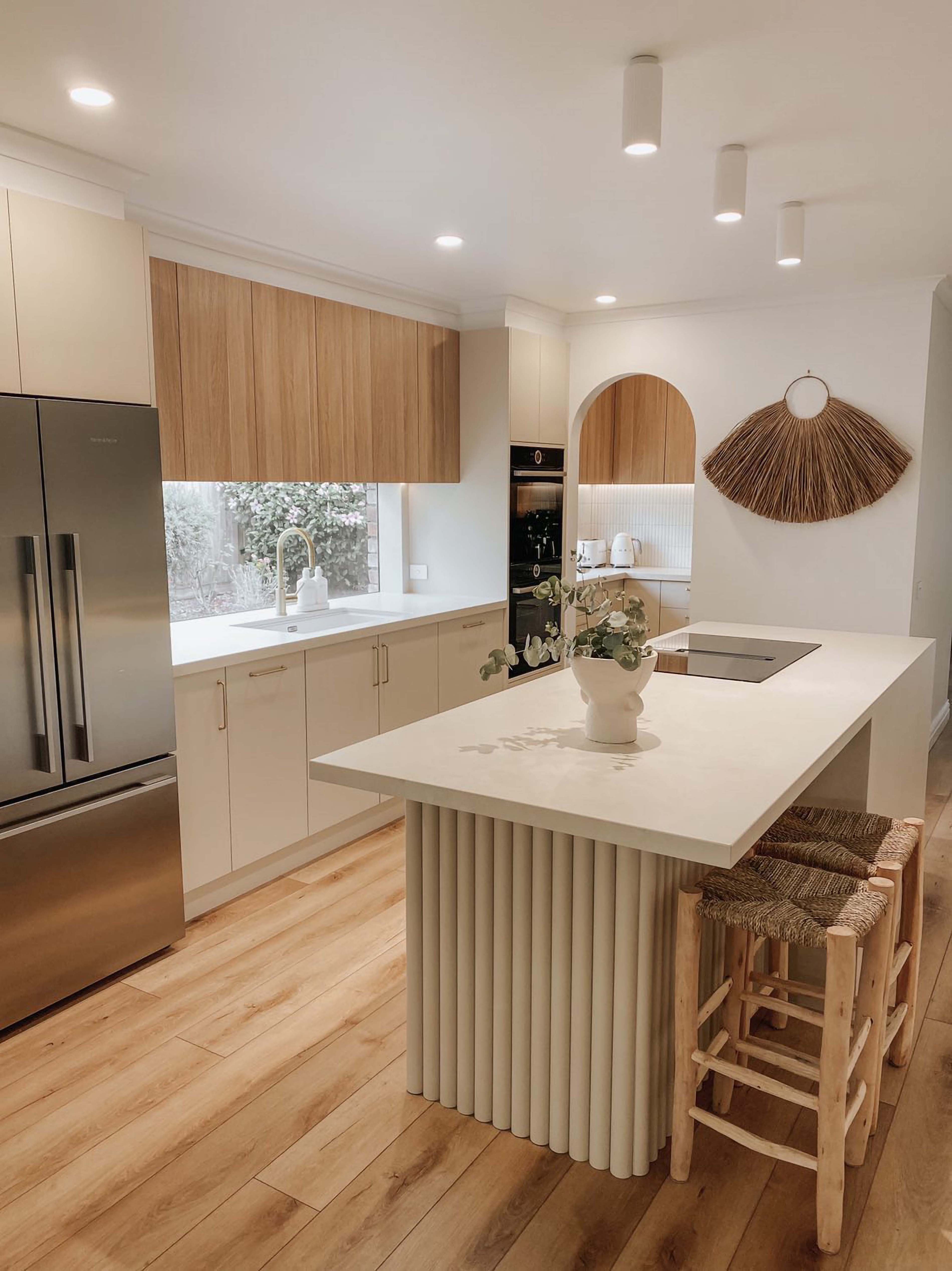Floating Flooring Cleaning & Maintenance Guide
Find out all you need to know about maintaining and cleaning hybrid flooring.
Find out all you need to know about maintaining and cleaning hybrid flooring.

As the tried and true saying goes, a clean home is a happy home. The best way to clean floating floors is sweeping your floors at least once a week. This helps prevent debris from accumulating, which could compromise the quality of your floors over time.
It is recommended to use a synthetic broom as natural fibre brooms can damage your floors.
For a deeper clean, use a spray mop once a month to remove any dirt, marks, or footprints. Ensure you're using only pH-neutral floor cleaners, as acidic or caustic products can wear down the protective coating on your floors.

For minor scratches on hybrid and laminate flooring, there are specific products that can help. WD-40 can reduce the appearance of small scuffs and scratches, but for more visible damage, a floor repair kit may be necessary.
If the scratches or dents are so severe that these efforts are not helpful, it may be necessary to replace the board all together. The great things about floating floors is that if necessary, in many instances, individual boards can be pulled up and replaced if damaged. It’s for these reasons that we always recommend getting an extra pack of flooring in case damaged boards need replacing. Read our step-by-step guide on removing a floated floor here.

Visit our complete flooring cleaning & maintenance guide here
What our happy customers have to say...
Postcode not found, please try again